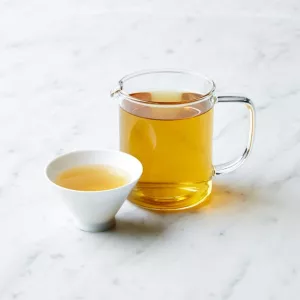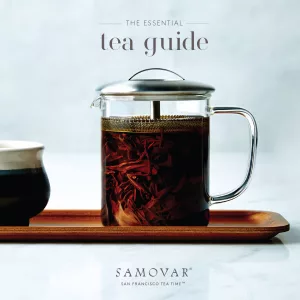Time for Chai
Whether you’re braving the San Francisco fog, snow shoeing to the summit of Mt. Katahdin, or bombing down the slopes at Whistler/Blackcomb, nothing beats coming home to the mouth-watering aroma of Chai boiling away on the stovetop. Sweet and spicy, our Masala Chai warms from within.
WHAT IS MASALA CHAI?
Chai simply means “tea” in Hindi, and masala chai means “spiced tea”. Popular in India, where street vendors, known as “chai wallahs”, are kept busy serving up cups of chai all day long, this 5,000+ year old drink originated as an Ayurvedic tonic. Black tea is combined with ginger to remove toxins, cinnamon to aid digestion, cardamom to improve circulation.
History of Masala Chai
In 1835 the English settled in India and with them tea plantations began. Tea leaves were mixed with the traditional spices, sweetener and milk. However, the tea leaves were the most expensive ingredient and not affordable for many Indians.
But with the development of CTC, a processing method (crush, tear, curl), tea became more affordable. With the pungent tannic flavor black tea was a great balance to the spices and got more popular and affordable to the Indian masses. Nowadays Chai is used to welcome someone into peoples home or sold by the “chai wallahs”.
Masala Chai - the Samovar Way
When we set out to create Samovar Masala Chai, we wanted a drink that reflected its origins and tradition, yet was exceptionally rich in flavor and spices. We started with a foundation of organic whole-leaf black tea with strong malty notes and potent astringency. To this, we added our proprietary blend of organic herbs and spices – the very best we could find, sourced from Asia, Africa and South America, including cardamom, black pepper, ginger, cloves, and cinnamon.
We’ve perfected our recipe and carefully selected for aroma, taste and body, over hundreds of thousands of pots served to guests in our San Francisco tea houses and tea lounge restaurants.
If you are in San Francisco, come in to our Tea Houses & Lounges and enjoy our home brewed Chai for that cozy, creamy, and dreamy experience.
If you can’t make it to the San Francisco Tea Houses & Tea Lounge Restaurants, shop online and read on to find out more about our Chai and how to brew it.
Masala Chai for your home

Masala Chai
Our traditional Masala Chai blend was created from a combination of several collected family recipes from across India. Organic black tea is hand blended with “masala”, the traditional Indian spice blend: all organic ginger, cinnamon, cardamom, pepper and cloves.
411 VALENCIA MASALA CHAI TEA CONCENTRATE
For the ultimate in convenience, we recommend our microbrewed Masala Chai tea concentrate. Combine equal parts concentrate and choice of milk, heat and serve or pour over ice. The resulting brew tastes almost the same as brewing our whole leaf Masala Chai in a fraction of a time.
Pumpkin Chai
For our Pumpkin Chai we have added pumpkin chunks, sweet maple syrup crystals and hearty roasted dandelion root and star anise. Brew it with whole milk or milk substitute for a seasonal tea infusion, that’s smooth, sweet and delightfully spicy.
"When the frigid Arctic wind descends,
Masala Chai warms from within"
Whole leaf Masala Chai recipe
Here’s how to make the perfect, creamy, steamy cup of Masala Chai or Pumpkin Chai:
- Dissolve 1-3 TBSP of sugar in 2 cups boiling water.
- Add 3 tablespoons Masala Chai and boil uncovered for 10 minutes.
- Add 2 cups milk (or milk substitute). Remove from heat just before boiling
- Let sit covered, for 5 minutes. Strain and enjoy!
Masala Chai Concentrate recipe
How to brew the Masala Chai Concentrate:
- Combine equal parts concentrate and milk.
- For hot chai, simmer in a saucepan 5 min, stirring occasionally.
- For iced chai, pour over ice.
Tasting Masala Chai
A full-bodied black tea as a base is blended with aromatic, energizing and flavorful spices. Spicy ginger, sweet cinnamon and citrusy cardamom combined with accents of black pepper and pungent cloves make this traditional Indian Chai a flavorful balance of spice and tea….and totally addictive.

















